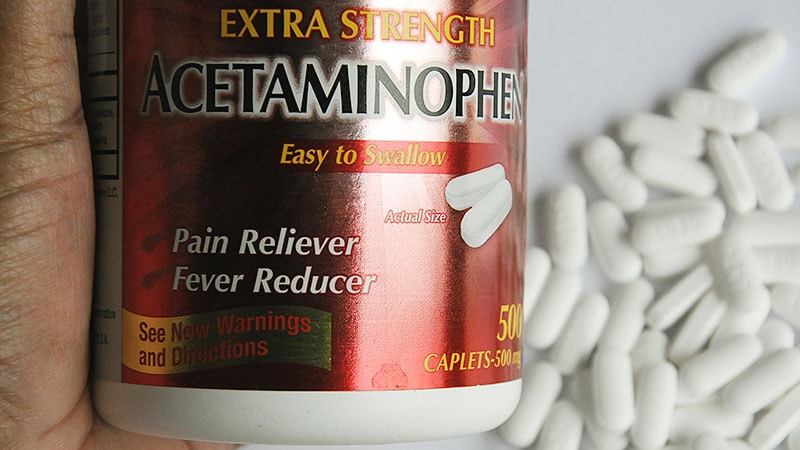Despite its long history of use and over-the-counter availability, ongoing research continues to refine our understanding of acetaminophen’s therapeutic benefits and potential risks. Recent studies have explored its effects on cardiovascular health and neurodevelopmental outcomes, particularly in vulnerable populations such as children, older adults, and individuals with chronic conditions. As evidence evolves, clinicians are encouraged to stay informed about current dosing recommendations, risk factors for toxicity, and strategies to ensure safe and effective use.
A meta-analysis found that regular use of oral acetaminophen intake led to a significant rise in systolic BP among patients with hypertension, whereas its effect on diastolic BP was not significant. Another study found that a regular daily dose of 4 g of acetaminophen increased systolic BP by about 5 mm Hg in people with hypertension compared with placebo. Given its widespread use, this hypertensive effect raises concerns regarding use in patients with existing cardiovascular risk factors.
Learn more about hypertension.
A consensus statement recommends that in patients with acetaminophen poisoning with unreliable or unknown ingestion history, immediate administration of acetylcysteine is recommended to prevent a potentially lethal delayed treatment. The patient’s history might be inaccurate, risking delay in antidote therapy, which could cause progression to acute liver failure. Administering acetylcysteine promptly provides a safe, lifesaving intervention even if it results in some overtreatment.
Waiting to obtain acetaminophen levels first risks dangerous delays. A fixed 21-hour infusion without ongoing clinical reassessment can miss the need for extended treatment, especially after massive or delayed absorption ingestions. Activated charcoal can be useful beyond 4 hours in certain high-risk cases, such as prolonged absorption or high dose.
Learn more about acetaminophen toxicity.
The FDA states that severe dermatologic reactions linked to acetaminophen are rare but potentially life threatening. The sudden appearance of blistering, detachment of the upper skin layers, or diffuse rash could indicate a serious hypersensitivity response, such as Stevens‑Johnson syndrome or toxic epidermal necrolysis. Even patients who previously tolerated acetaminophen can develop these reactions unpredictably. Immediate medication discontinuation and medical evaluation are crucial, as delaying can worsen outcomes and increase mortality.
Mild nausea, fatigue, or flushing might occur for nonspecific reasons and typically do not signal toxicity if dosing is within approved limits.
Learn more about acetaminophen.
In a large cohort study of adults aged ≥ 65 years, repeated acetaminophen use was linked to higher risks of gastrointestinal, cardiovascular, and renal events. However, a clear dose-response pattern was seen for gastrointestinal ulceration and bleeding, as well as chronic kidney disease (not acute). Acetaminophen might share cyclooxygenase-mediated toxicity similar to non-steroidal anti-inflammatory drugs (NSAIDs), leading to mucosal injury in the gastrointestinal tract.
The study did not find a dose-response pattern for cardiovascular events such as myocardial infarction or hypertension, despite a modest overall association. Hepatic toxicity was not a primary outcome, as only therapeutic doses were studied and no increase in liver injury was reported.
Learn more about NSAIDs.
Research comparing fever treatments in children shows that giving acetaminophen and a NSAIDs at the same time could lead to the highest chance of the child becoming fever-free within 6 hours. This approach outperforms using either drug alone or switching between them, as it provides quicker and more consistent temperature reduction without increasing adverse effects.
Acetaminophen alone is less effective, often failing to sustain fever control as well; alternating the two drugs, though better than single-drug options, does not match the combined method’s speed.
Learn more about fever in infants and toddlers.
Editor’s note: This article was created using several editorial tools, including generative AI models, as part of the process. Human review and editing of this content were performed prior to publication.

